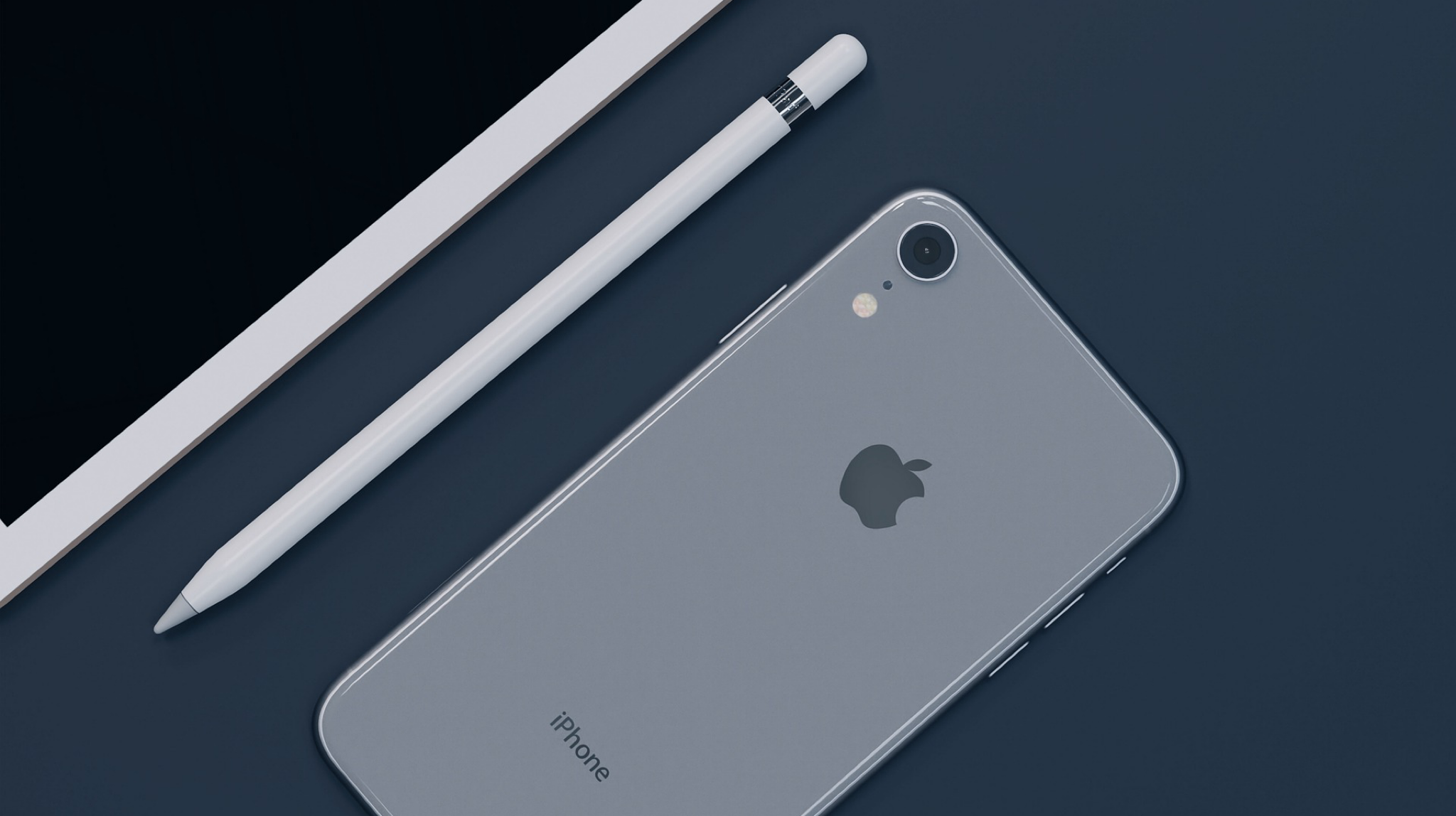The Power of a Personal Monopoly
“He was an anti-materialistic hippie who capitalized on the inventions of a friend,” wrote Walter Isaacon of Steve Jobs, “…and he was a Zen devotee who made a pilgrimage to India and then decided that his calling was to create a business. And yet somehow these attitudes seemed to weave together rather than conflict.”
This is the power of a personal monopoly, and Steve Jobs used his to build one of the most iconic companies in the world. A personal monopoly is the unique intersection of skills or interests not often found together. These skills, while uniquely combined, are also complementary. As Scott Adams, the creator of Dilbert, once said, “Capitalism rewards things that are both rare and valuable. You make yourself rare by combining two or more ‘pretty goods’ until no one else has your mix.”
At the iPad unveiling event in January of 2010, Jobs concluded his presentation with a picture of two intersecting street signs. “The reason Apple can create products like the iPad,” said Jobs, “is that we’ve always tried to be at the intersections of technology and liberal arts.”
Apple positioned themselves at this intersection because it was Jobs’s personal monopoly.
Growing up in Mountain View, California, Jobs learned the love of design from his father, Paul Jobs. While Steve had little mechanical interest, he spent a lot of time with his dad learning about cars and doing handy work around the house.
“I thought my dad’s sense of design was pretty good because he knew how to build anything,” said Jobs. “If we needed a cabinet, he would build it. When he built our fence, he gave me a hammer so I could work with him.”
And Paul Jobs always insisted the backs of the cabinets and fences were constructed to be as beautiful as the fronts. This quality rubbed off on Steve.
Jobs channeled his childhood roots into his designs at Apple. While reviewing the printed circuit board for the Mac, he criticized the ugliness of the memory chips. One of the engineers tried to argue - insisting since nobody would ever see it - that only function mattered. Jobs disagreed.
In an interview several years after the Mac was released, Jobs reflected on that conversation: “When you’re a carpenter making a beautiful chest of drawers,” he said, “you’re not going to use a piece of plywood on the back, even though it faces the wall and nobody will ever see it. You’ll know it’s there, so you’re going to use a beautiful piece of wood... For you to sleep well at night, the aesthetic, the quality has to be carried all the way through.”
And Jobs was right. This level of quality matters to the consumer. There’s an old saying that goes, how you do anything is how you do everything. Jobs knew that cutting corners on the insides could easily lead to cutting corners on the parts the consumer did see. Plus, he wanted to sleep well at night knowing his product was beautiful to its core.
Taken a step further, Jobs brought the same obsessive design to Apple’s packaging. His attention to detail and commitment to quality is why some of the only boxes lying around my apartment are old iPhone boxes. The slight vacuum seal tug you feel when pulling the lid from an iPhone box and the smooth matte finish on your fingers forges a powerful memory in your mind. Opening an Apple product is an experience unlike opening anything else. Jobs designed it that way.
While he learned the love of design from his father, Jobs had one other love: electronics. His childhood home was minutes from Hewlett-Packard headquarters, and he was always tinkering with technology. Larry Lange, an HP engineer and neighbor of the Jobs family would bring Steve different gadgets to enjoy. Jobs would spend his evenings playing with radios, speakers, and whatever other electronics he could find.
During his freshman year in high school, Jobs was part of the Hewlett-Packard Explorers Club where kids listened to lectures from HP engineers and worked on electronics projects. For one of his projects, Jobs wanted to build a frequency counter. He needed a part produced by HP, so he found Bill Hewlett’s number in the phone book and called his home.
“He got me the parts,” said Jobs, “but he also got me a job in the plant where they made frequency counters.” The HP position put Jobs under the same roof as the engineers, deepening his interest in technology.
Jobs continued taking electronics classes through high school and befriended Stephen Wozniak, the future co-founder of Apple. The two Steves worked together building different gadgets until they finally built something they could sell: the blue box. The blue box was a machine built to spoof the telephone company into processing long distance calls for free. The machine could produce pitches to perfectly match the tones that routed calls, bypassing the need to pay.
Jobs’s knowledge of electronics was well established before he left for college, but it never grew to the extent of his design knowledge. While enrolled at Reed College, Jobs decided he would rather choose his classes than take the mandatory ones. He stopped going to the classes he didn’t like and started going to the ones he did, including a calligraphy class.
“I learned about serif and sans serif typefaces, about varying the amount of space between different letter combinations, about what makes great typography great,” remembered Jobs.
He would later claim, “If I had never dropped in on that single course in college, the Mac would have never had multiple typefaces or proportionally spaced fonts. And since Windows just copied the Mac, it’s likely that no personal computer would have them.”
Jobs’s thoughts on typefaces reflect his personality: arrogant and direct. Even so, he was right. Without his personal monopoly – the intersection of technology and liberal arts – personal computers and electronics would look very different today.
When reflecting on the legacy he hoped to leave, Jobs talked about building products that changed the world: “I think Henry Ford once said, ‘If I’d asked customers what they wanted, they would’ve told me, ‘A faster horse!’’ People don’t know what they want until you show it to them. That’s why I never rely on market research. Our task is to read things that are not yet on the page.”
Skipping market research is only possible when you forge a personal monopoly like Jobs. He understood electronics and dreamed design in a way no one else could. And he linked those loves to innovate like few other people have.
One final story illustrates the power of his personal monopoly.
Michael Noer, a writer for Forbes, was staying on a dairy farm north of Bogota, Colombia. He was reading a science fiction novel on his iPad when a six-year-old stable boy approached and stood staring at the tablet. Curious to see what would happen, Noer handed the iPad to the boy. To Noer’s surprise, the boy began to use it as if he were turning the pages in a familiar book. He swiped his little fingers across the screen, tapped a pinball app, and began playing the game.
Noer ended his short story with a resounding testament to the personal monopoly: “Steve Jobs has designed a powerful computer that an illiterate six-year-old can use without instruction. If that isn’t magical, I don’t know what is.”




